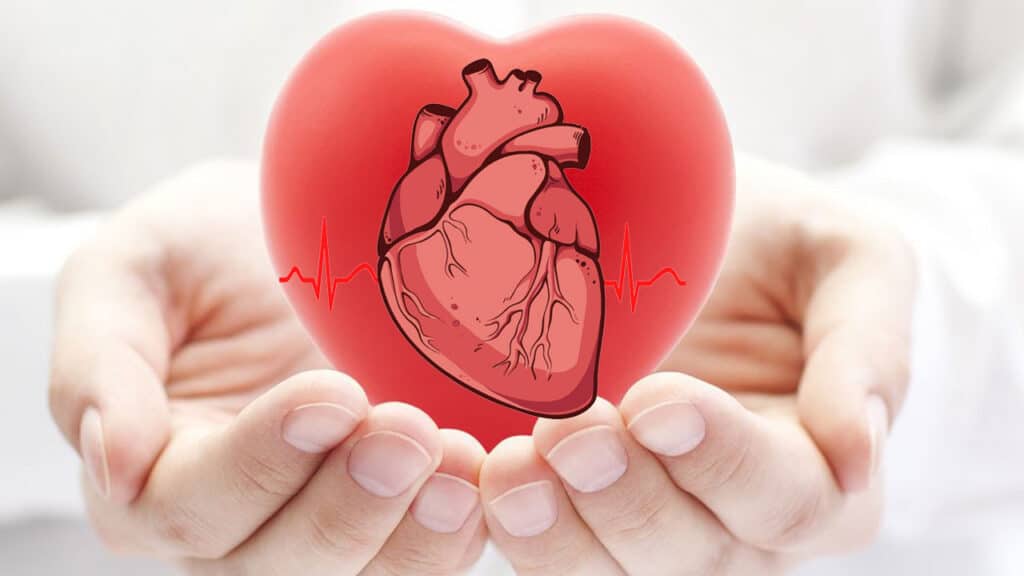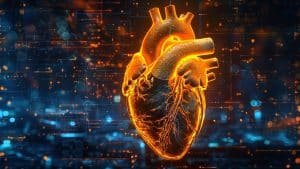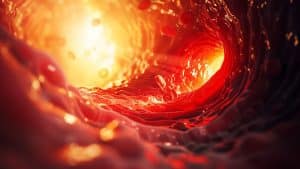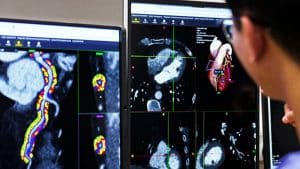We talk a lot about the many things that can go wrong with the heart. This is important because cardiovascular problems are a leading cause of death for Americans. Sometimes we talk about the things that keep the heart working properly, but perhaps it’s now time to talk about what a healthy heart looks like.
The heart is a muscle that works like a pump, sending blood around the body and back again to carry oxygen and nutrients where they’re needed, then help remove the waste. In an average day, your heart may beat 100,000 times. It can transport approximately eight pints of blood.
Your heart is similar to a closed fist in terms of size. Fictional depictions often depict it as being on the left side of the body, but it’s more a slight leftward tilt. You’ll find it between the lungs and protected by the ribcage. Blood vessels that travel away from the heart are called arteries, and the ones that carry blood back toward it are called veins. They’re thinner than arteries and closer to the surface of the skin. Capillaries are very small blood vessels.
There are four chambers in the human heart. The two upper chambers are the left and right atria/atrium. The lower chambers are the left and right ventricle. The left and right are separated by a thin layer of muscle called the septum. It’s the left side that sends oxygenated blood out into the arteries and the right side that receives deoxygenated blood from the veins. There are valves to control the direction of blood flow: the tricuspid, pulmonary, mitral and aortic. There are two on the right and two on the left.
A thin protective layer called the pericardium surrounds the outside of your heart. Then there’s a thicker, more muscular layer called the myocardium that is responsible for how it contracts and relaxes. The innermost layer is also thinner. It’s called the endocardium and acts as a lining for the four chambers.
How does the heart know when to contract or relax? It has its own natural pacemaker called the sinus node, and it sends out electrical signals that can fluctuate depending on your activity and emotions. This is your heart rate.
That’s the basic physical structure of the heart. Hopefully that will help you appreciate why it needs to be kept healthy.




